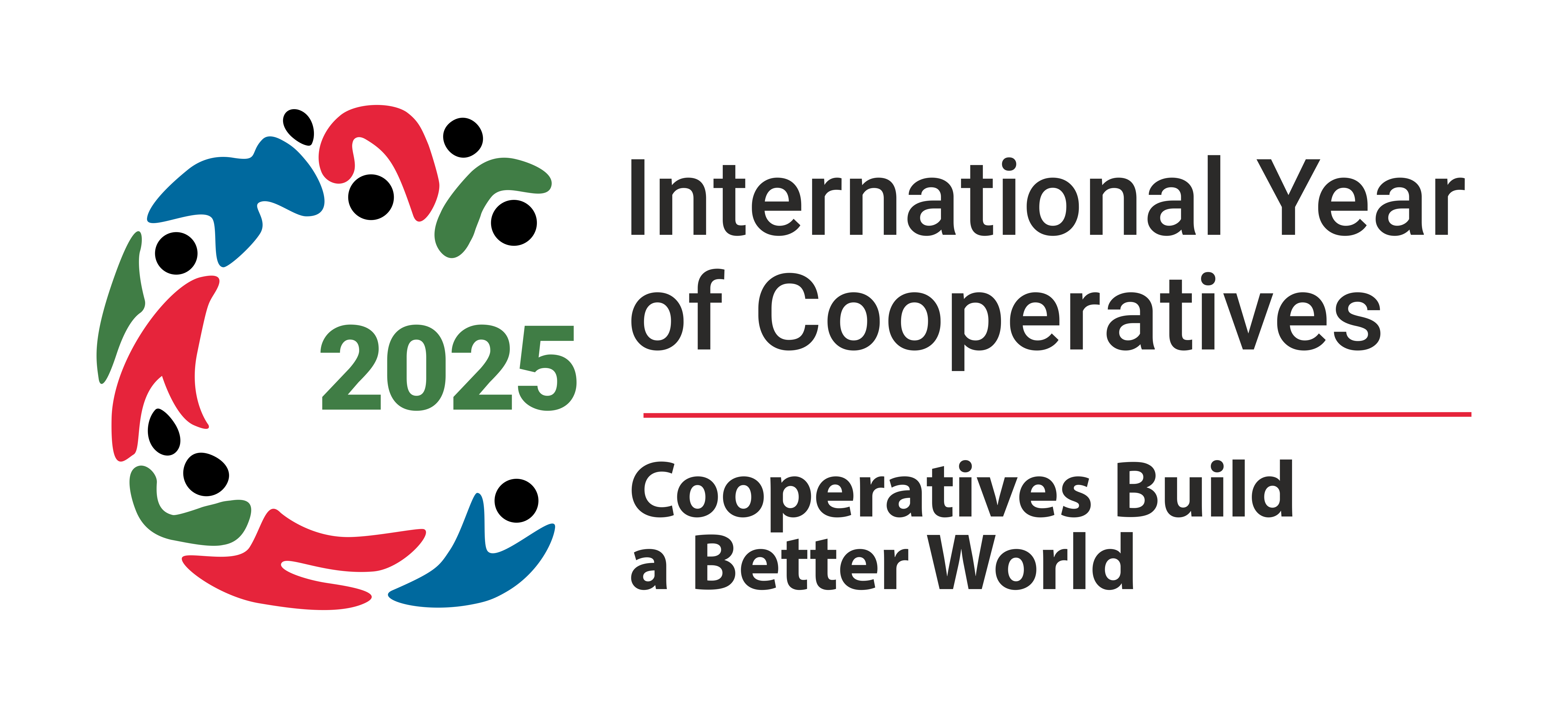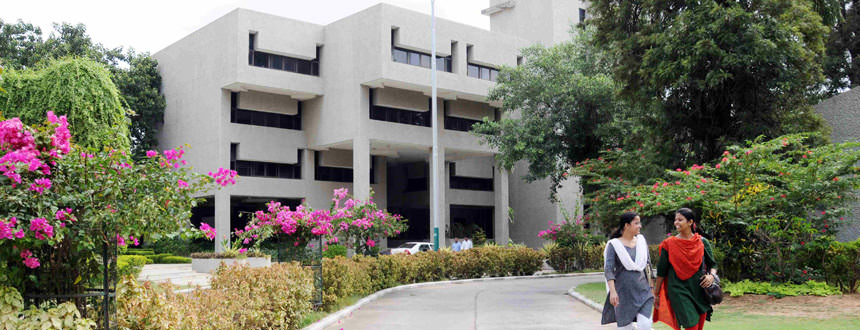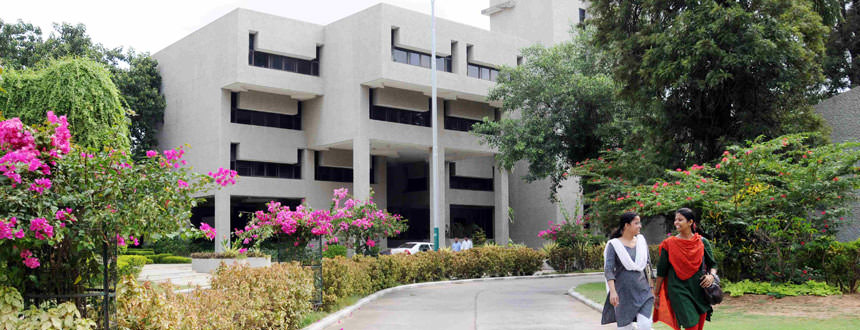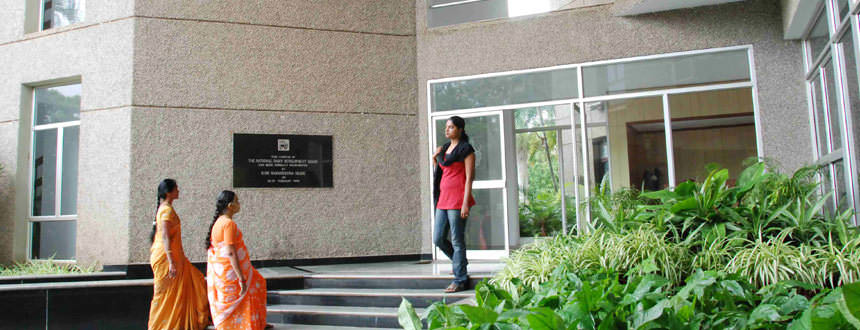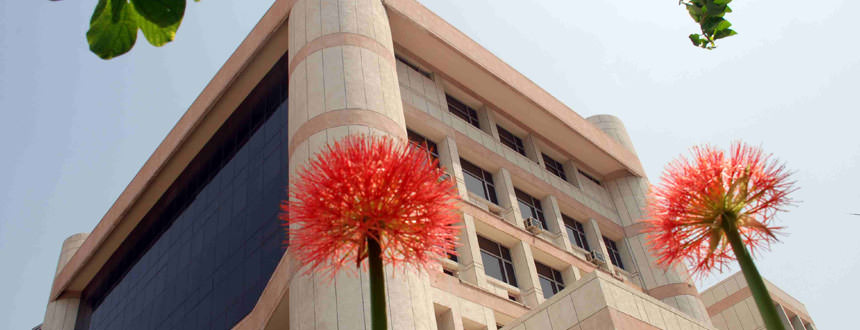Keynote Address by Dilip Rath, Chairman, NDDB on “Innovative Approach for Enhancing Dairy Farmers’ Income“at 47th Dairy Industry Conference Indian Dairy Association -7 February 2019, Patna
Respected Shri Nitish Kumar Ji, Hon’ble Chief Minister of Bihar; Shri Sushil Kumar Modi, Hon’ble Dy Chief Minister of Bihar; Shri Pashupati Kumar Paras, Hon’ble Minister for Animal & Fish Resources, Govt of Bihar; Shri Tarun Shridhar, Secretary, Department of Animal Husbandry, Dairying & Fisheries, Ministry of Agriculture & Farmers Welfare, Govt of India; Ms Caroline Emond, Director General, International Dairy Federation; Dr GS Rajorhia, President, Indian Dairy Association, distinguished guests, delegates representing the dairy industry, ladies and gentlemen.
I am indeed privileged to have this opportunity to deliver the keynote address on the theme “Innovative Approach for Enhancing Dairy Farmers’ Income” which is of great relevance today as we collectively strive to maintain our self-sufficiency in milk and at the same time ensure better livelihood for millions of our dairy farmers, especially the smallholders, who are backbone of our dairy industry.
Role of Dairying in Farmers’ Income
Low capital investment, short operating cycle and steady returns, make dairying a preferred supplementary livelihood option for rural households. As a tool of socio-economic development, it has been contributing to the livelihood of farmers in many ways - income from milk and milk products, insurance against drought, emergency cash requirements, household nutrition, fuel for cooking, manure for crops, draught power for farming and many more.
As per the Situation Assessment Survey (2013) of NSSO, dairying is a supplementary source of income for almost half of the agricultural households. It is noteworthy that that between 2002-03 and 2012-13 (the latest period for which data is available), contribution of “Animal farming” in income of agricultural households grew from 4 per cent to 12 per cent while that of “non-farm activities” and “wages & salaries” had in fact declined. Income from dairying contributes around 84 per cent to the income from “Animal farming”. Considering the relatively higher growth of milk sector during the last five years as compared to agriculture and other allied sectors, there is every reason to believe that the contribution of animal farming and dairying in particular to total income of rural households has significantly grown.
The findings from the NSSO data indicated that the share of income has increased drastically from 5 per cent to 12 per cent in the case of livestock farming, 45 per cent to 48 per cent in crop production, while that of the wages and non-farm have declined between 2003 and 2013.
A renewed focus on dairying would immensely contribute to accomplishing the vision of the Government of India to double the farmers’ income by 2022.
Dairy Cooperatives
It is a matter of pride for all of us that India has been the largest milk producing country in the world for well over two decades. The journey of Indian dairy sector from the situation of deficit in 1950s and 1960s to the situation of self-sufficiency in the decade following 1970s has seen various dairy development interventions. Operation Flood, Perspective Plan, National Dairy Plan and other programmes of Central and State Governments have collectively made the country self-reliant in milk production.
In this journey from deficit to sufficiency, Dairy Cooperatives, representing mostly the small holders, have played a leading role by continuously striving to augment incomes and livelihoods of rural milk producers and by supplying safe milk to consumers. The Dairy Cooperatives give back about 75 per cent of the realisation to the farmers, who own and control the cooperatives, while globally only about 30-40 per cent of the consumer price goes back to the farmers.
Status of Indian Dairying
In the last four and half decades, milk production grew eight-fold, from about 22 million tonnes in 1970-71 to 176.35 million tonnes in 2017-18. With about 95 per cent of dairy animals’ owner owning less than 5 animals, dairying in India is primarily a small holder system.
The growth in milk production has outpaced the growth in the population and food grain production, resulting in continuous growth in the per capita availability of milk from 112 grams per day in 1970-71 to about 374 grams per day in 2017-18 and thus contributing towards the nutritional security of our nation.
Challenges
While we should definitely take pride in the progress of our dairy industry during the last five decades, we need to appreciate the fact that the dairy sector today is witnessing a host of challenges and ‘business as usual’ may not lead us in sustaining the gains of the past decades and continue to make dairying a remunerative activity.
The factors which are impacting the sustainability of dairying include challenges associated with low productivity of milch animals, natural resources constraints, rising feed/fodder costs, lack of access to organised market and institutional credit, price volatility due to integration with the global market, ageing processing infrastructure, lack of awareness on scientific animal management, animal healthcare, shift to non-dairy activities with relatively less drudgery, especially by the younger generation, adverse impact of climate change etc. These challenges can only be addressed by adoption of innovative technologies and approaches in a way that contributes to enhance farmers’ income and promotes dairying as a sustainable livelihood option for them.
Food Aid for Development and Cooperative Strategy
One of the remarkable innovations during Operation Flood programme was using “Food Aid” as an investment to promote development of our domestic dairy sector. If the commodity aid we received were used for consumption, in all probability our country may have continued to be import dependent even today like many other Asian and South Asian countries.
The other remarkable innovation was consciously choosing the cooperative strategy for promoting dairying in our country. You will agree that cooperative strategy in our smallholders dominated dairy structure was the most appropriate strategy to provide market access to millions of small milk producers along with a remunerative price for their produce.
Today our dairy industry faces different sets of challenges and making it efficient and sustainable requires adoption of innovative approaches across the dairy value chain in the form of introducing new technologies, innovative techniques, new product and process development, alternative organisational structures etc.
Productivity Enhancement through Genetic Progress
Dairying in our country will be globally competitive only if animal productivity increases to at least match the global average, if not close to the best in the world. While expansion of AI coverage would certainly contribute to increase productivity, we need to recognise the urgency of adopting Advanced Reproductive Technologies (ARTs) to accelerate the genetic progress to increase productivity, production and return to farmers. These ARTs include –
a) Use of sex sorted semen in our AI programmes to produce only female calves. However, high cost of getting the required semen doses from the existing technology which is patented by one or two breeding companies restricts its widespread application in our country. Therefore, we need to continue our R&D efforts to indigenise the technology which would be both breed and species neutral and more affordable to the farmers.
b) Use of genomic application in our selection programmes has immense potential to expedite the genetic progress, as we have seen in the case of dairy developed countries. I am glad to say that for the first time, NDDB has developed an indigenous chip namely, INDUSCHIP, for genotyping our indigenous breeds of cattle and their crosses for genomic selection. We are also in the process of developing similar genotyping chip for buffaloes in the next few months. Use of genomics will increase the accuracy of our animal selection programme and help in expediting productivity enhancement of our milch herd.
c) Ovum pick-up and In-vitro Embryo production technology is a powerful tool for introducing superior germplasm in our milch animal herd at a much faster rate and thereby shortening the period of genetic progress. This technique provides the opportunity to harvest large number of embryos from elite donors at less cost. NDDB has established a state-of-the-art OPU–IVF lab at Anand and we have already started seeing the results. Our objective is to develop this centre as a Centre of Excellence which would train large number of technicians and professionals in our country. We need to commercialise IVF embryo transfer and the day is not far off when embryo transfer using IVF technology would replace conventional AI on a large scale thereby speeding up productivity enhancement.
d) Although our scientists in NDRI have demonstrated the use of cloning technology to produce high genetic merit animals, much more collaborative effort needs to be made both by the scientists in NDRI and veterinary universities to commercialise this ART, notwithstanding the ethical issues involved. Apart from this, the ART of producing synthetic gametes, which is at a nascent stage of development on which Department of Biotechnology has already initiated work, has the potential to produce very large and theoretically infinite number of embryos from embryonic stem cells of the most elite animals. This can bring about significant level of productivity enhancement in our herd. These technologies can be game changers in bringing about productivity enhancement of our indigenous breeds in a very short period, which will benefit the dairy farmers significantly.
e) By end of the National Dairy Plan Phase I (NDP I), annual requirement from all the semen stations for High Genetic Merit Bulls of different breeds would be met through Progeny Testing and Pedigree Selection Programme. This will certainly go a long way in improving the productivity of the future generations of milch animals.
f) All these breed improvement programmes covering AI, bull production, embryo production and transfer, transfer of sex sorted semen etc., would need robust data recording systems to analyse impacts, assess reproductive efficiencies etc. These ICT based systems would help the breeding agencies and service providers to improve their performance, which would in turn directly benefit the farmers.
Ensuring Healthier Animals
Healthcare and management of animals is important, particularly when animals are maintained in small herds. Majority of dairy farmers in our country are small or marginal who find it difficult to afford a veterinarian or bear the treatment charges when their animals fall sick. In order to mitigate this, NDDB has been propagating the concept of Ethno Veterinary Medicine (EVM) for 14 major ailments in bovines. This offers a very cost-effective, easy and effective option to the farmers to manage these ailments including mastitis with ingredients which are usually available locally. Use of EVM will result in reduced use of drugs and antibiotics and thereby help to reduce the incidence of antimicrobial resistance which is a serious public health concern today.
For bringing about sustainable solutions to animal health issues faced by the farmers, NDDB has been pioneering pilot projects on field models for treating economically important diseases like mastitis, brucellosis, etc. These innovative approaches towards ensuring healthier animals for milk producers need to be widely implemented throughout the country with the support from State Animal Husbandry Departments and Veterinary Universities/ Research Institutions.
Improving Animal Productivity through Scientific Nutritional Technologies
It is well known that the “feed cost” in our country accounts for about 70 per cent of total cost of milk production. Thus, any reduction in cost of feeding by optimising feed utilisation efficiency results in augmenting dairy farmers’ income.
Ration Balancing Programme (RBP) under National Dairy Plan- Phase I covering about 2.8 million milch animals has successfully demonstrated that feeding balanced ration to milch animals results in improved milk yield and increase in net income of farmers by Rs.15-25 per day.
With increased pressure on land for production of food crops, advanced fodder production and conservation technologies are required to be adopted in large scale. NDDB has been promoting use of high yielding varieties of certified/truthfully labelled fodder seeds for increasing the productivity of fodder crops. Simultaneously field demonstrations have been organised for securing available biomass through variety of auto and manual mowers, its conservation through silage making and storage in biomass storage silos. These technologies have now been widely adopted by the farmers and many entrepreneurs are also taking this forward as a business enterprise.
Under NDP I, apart from establishment of five fodder seed production plants, two crop residue enrichment and densification plants have also been established for increasing the nutritive value and its transportation from surplus area to deficit area.
All these feed and fodder innovations will greatly contribute in reducing feed cost, increasing productivity and returns to farmers.
Creating Efficient Dairy Infrastructure
Most of the milk processing infrastructure with the producer owned institutions were commissioned during the Operation Flood period and many of these plants have not been modernised or expanded thereafter. These age old plants need to be modernised/ expanded and new processing infrastructure with energy efficient technology need to be created for reducing the processing cost and manufacturing of quality milk & milk products.
The recently launched Dairy Processing & Infrastructure Development Fund (DIDF) scheme announced by Government of India in December 2017 with the total outlay of Rs. 10881 crore will facilitate modernisation and expansion of these ageing dairy plants. The scheme envisages creating additional processing capacity of about 126 Lakh litres per day and value added products (VAP) capacity of 4,600 MTPD. The dairy cooperatives are provided loan at a concessional interest rate of 6.5 per cent with interest subvention from Government of India. Other similar projects are also in different stages of finalisation which would contribute towards building a more efficient dairy infrastructure.
Government of India is also providing financial support to private processors for creation/ expansion of processing and preservation capacities, integrated cold chain and value added infrastructure etc., under the umbrella Scheme- Agro - Marine Processing and Development of Agro -Processing Clusters (SAMPADA) being implemented with the allocation of Rs. 6000 crore.
The efforts to modernise the dairy processing sector are being combined with innovative technologies for process automation, utilisation of non-conventional sources of energy, integrated recovery systems, reduction in losses, savings in utility consumption like steam, chilled water, electricity etc. These would lead to efficient plant operations, reduced cost of operations and improved operational safety and hence better returns to the dairy farmers.
Over the last few years, NDDB has taken up various initiatives to enhance usage of solar energy across the dairy value chain in partnership with Ministry of New and Renewable Energy and other stakeholders from Industry and academia. Extensive use of solar energy in dairy value chain would not only reduce operational cost significantly but also ensure use of clean energy. NDDB has initiated the implementation of Concentrated Solar Thermal (CST) technology in 15 dairy processing plants which are meeting up to 15 per cent of the annual thermal demand in these dairies.
At the village dairy cooperative level, our experiment with solar PV systems with GRID connectivity and storage facility to address exigencies like long power outages has resulted in significant savings. To propagate such usages, installation of 125 systems across the country has been facilitated under NDP I as a pilot which need to be further scaled up. The other avenues for clean energy being explored include setting up solar PV systems with GRID connectivity and storage facility at village dairy cooperative societies, solarising village bulk chilling operations etc. Some of the initiatives have taken a concrete shape and are ready for scaling up while some others are at various stages of experimentation. All these initiatives in using solar energy in dairying would lead to reduction in energy costs, thereby directly benefiting farmers.
Taking Digital Technology to Farmers
The reach of digital technology has immensely increased in the last decade; even in the rural hinterland. The power of digital technology can be harnessed for enabling innovations, scientific systems and systematic processes. The Information Network on Animal Productivity and Health (INAPH) system developed by NDDB has been an important step towards creation of a national animal database. With registration of more than 17.5 million milch animals for providing animal breeding, nutrition and health services to 10.2 million milk producers, this database has created huge opportunities to analyse the impact of animal breeding, nutrition and health interventions to improve on the schemes and quality of service delivery.
Fairness and transparency in the transactions of the producer organisations with the milk producers builds mutual trust and reduces the element of subjectivity in validating the quality and quantity of milk poured by the members thus ensuring better returns to farmers. Integrated Automatic Milk Collection System (AMCS) developed by NDDB is one major step in this direction which ensures fair and transparent operations with the dairy farmers by automation of entire village level milk collection process including its integration for financial inclusion with the provision for payment of milk bills directly to the farmers’ bank accounts.
Quality of Food and Feed
Considering the increased awareness of consumers about the quality of milk in an increasingly competitive dairy market, focus is required to ensure quality of milk and milk products from farm to the retail point.
As a part of the continuous efforts of NDDB to improve food safety and quality aspects of milk and milk products and to enhance consumer confidence in dairy cooperatives, NDDB has recently launched ‘Quality Mark’ for Producer Owned Institutions. This provides dairy cooperatives and producer institutions the much-needed brand identity and a competitive edge.
Apart from its economic significance for the dairy farmers, quality of cattle feed is an important aspect for food safety as contaminants like heavy metals and toxins can be transferred from feed to milk causing health hazards to human population. Currently, there are no specific regulations for monitoring the quality of cattle feed and mineral mixtures produced in the country. Keeping this in mind, NDDB has launched a ‘Quality Mark’ for cattle feed and mineral mixtures manufactured in the cooperative and government/semi-government sectors to be adopted on voluntary basis.
It is needless to mention that with robust quality systems across the dairy value chain- from village to the urban retail outlets, the quality products will fetch better prices with direct benefits accruing to the milk producers.
Human Resource
Success of any business organisation depends on committed, competent and trained human resources in professional, managerial and technical cadres who can drive the organisation towards efficiency and success.
It is very relevant to quote Dr Kurien here.
“Innovation cannot be mandated or forced on people; it is everywhere, a function of the quality of the people and the environment. We need to have enough skilled people working in a self-actuating environment to produce innovation.”
Presently, there has been dearth of qualified and trained professional manpower in dairy sector, especially in the dairy cooperatives, as most of officers associated during OF period have either retired or are on the verge of superannuation. Organisations have realised the importance of devising detailed HR strategies and putting in place qualified professionals to implement their business plans to ensure better returns for their producer members.
Many of the dairy cooperatives do not have the resources to hire competent professionals. In such a scenario, it is more prudent to make investments for extensive training of existing manpower to upgrade their skills. To make rural professionals available to the development sector, this year, NDDB has sponsored the working professionals to participate in a special 15-month course–PGDMX (R) – Executive Post Graduate Diploma in Rural Management in IRMA to enhance their management skills.
Increase in Market Access by Organised Sector
It is estimated that out of 6.6 lakh villages in the country, about 3.1 lakh villages are dairy potential villages with estimated milk production of more than 200 Kg per day. With the Producer Owned Institutions, including dairy cooperatives, covering about 2.02 lakh villages, there is huge scope for further expanding the coverage of dairy cooperatives or any other alternate form of producer organisations like Producer Companies to another 1 lakh dairy potential villages.
It is encouraging that in the recent past milk producers from some of the relatively less dairy developed regions like Vidarbha-Marathwada, Jharkhand, Assam and North West Bihar have been provided market access to organised milk processing sector. With implementation of new programmes, which are on the anvil, large number of milk producers who have so far been left out from the organised milk processing sector would start getting benefits of market access which would enhance their income and strengthen their livelihood.
Diversification of Activities
Various innovations to bring about efficiency in the dairy value chain would definitely contribute to enhancing farmers’ income. However, we must also appreciate that for small and marginal farmers, a single source of income from dairying alone may not be adequate to meet their livelihood requirements. We also need to explore alternative income streams through allied activities so that their cumulative income increases.
The interventions undertaken by Sundarban Cooperative Milk & Livestock Producers’ Union Ltd. in the delta region of West Bengal are worth mentioning. This Milk Union with more than 3,000 women members has diversified its operations and is also procuring and marketing other commodities like backyard poultry eggs, mangrove honey, indigenous varieties of rice, moong dal, etc. They are also adopting organic farming practices, which not only provides them access to niche market with higher realisation, but also promotes sustainable agricultural practices.
Scientific beekeeping has been found to be a very promising activity to provide additional income to the dairy farmers by collection and sale of honey and other hive products like Pollen, Beeswax, Propolis, Royal Jelly and Venom. In collaboration with National Bee Board (NBB), NDDB has taken up training/ extension activities for promotion of scientific beekeeping and establishing a value chain for market access. In the recent months, several dairy cooperatives have started marketing honey with their brand, thereby ensuring better returns to the farmers. NDDB has now been designated as one of the implementing agencies in National Beekeeping and Honey Mission and consequently we can expect that many more dairy cooperatives would take up beekeeping and honey procurement and marketing thereby increasing the income of the farmers.
Putting up flexi biogas plant at farmer’s field is another lucrative option for dairy farmers. Multiple benefits would accrue to the farmers like saving in expenditure towards cooking fuel and using slurry as a biofertiliser. This also forms an integral part of the Swachh Bharat Abhiyan by way of efficient management of manure. NDDB has now been designated as National Level Implementing Agency for two schemes of MNRE namely, New National Biogas and Organic Manure Programme (NNBOMP) and Biogas based power and thermal application programme.
Solar Energy can also be harnessed and harvested as a remunerative crop by farmers. NDDB has helped organising a ‘Solar Pump Irrigators’ Cooperative Enterprises (SPICE) in Mujkuva village near Anand. The farmers have foregone subsidised energy connections and have opted for grid connected solar pumps. This cooperative was inaugurated on 30 September 2018 by the Hon’ble Prime Minister of India. Energy buyback option at an attractive Feed-in-Tariff has been an effective tool to rationalise water and energy use by farmers and also providing additional income from the sale of solar energy. NDDB is also in dialogue with MNRE for scaling up this initiative through cooperatives under the (Kisan Urja Suraksha evam Utthan Mahabhiyan) KUSUM scheme of Government of India, which is on the anvil.
Concluding Remarks
The 47th Dairy Industry Conference is an occasion for the dairy fraternity to rededicate itself to constantly build on our strengths, innovate and introduce new technologies to bring in efficiencies in the dairy value chain to address the emerging challenges in the sector so that our smallholder dairy system continues to be relevant and vibrant in the years to come.
I wish to conclude by quoting Dr. Kurien, which is very relevant even today:
“Right now, we only have a dream. That dream will remain a dream unless we can work together. Those of us who want to see our nation become a major player in the international dairy market must agree to common objectives; we must work together to build upon our mutual strengths and overcome our weaknesses; we must share a strategy and a plan; we must allocate responsibility and, once we have accepted responsibility we must all meet our commitments, whatever be the costs: we must share risks as well as rewards; and we must be willing to finance the investments necessary to build international markets. There is no other way.”
I am sure, this Conference would deliberate on this extremely relevant theme and come up with recommendations related to strategies, policies and programmes for improving the lives of millions of dairy farmers in the country.
I wish the Conference every success.
Thank you!

